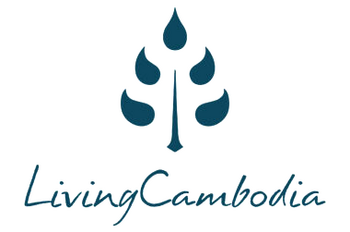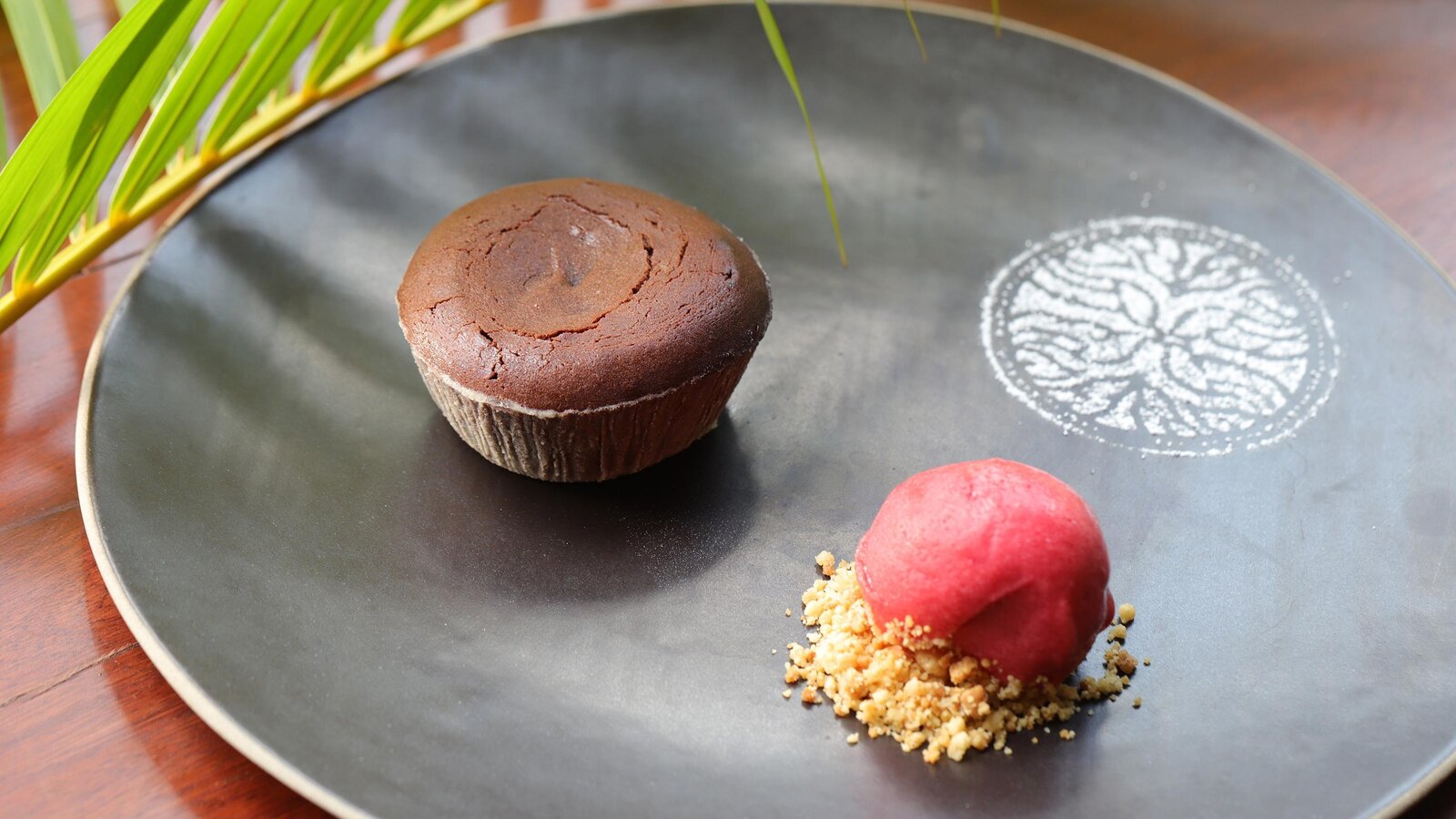
Only two months after starting production with cacao beans sourced in the Mondulkiri Province (Cambodia Northeast),WAT Chocolate has taken by (peaceful) storm the best kitchens of the country, and all chocolate aficionados.
At Cuisine Wat Damnak, Chef Joannès Rivière gives his inspired version of the so-Spanish delicacy, churros con chocolate, using the rich yet not too sugary 75%-cacao blend. AtTemplation Siem Reap, Corporate Chef Benoit Le Rioux prepares a scrumptious lava cake from which hot WAT chocolate oozes onto the plate. And many gourmet food stores around the country already carries the elegantly (and environment-friendly) packaged bars.
In this quiet workshop off...Chocolate Road in Siem Reap ("just a coincidence, we were looking for a villa with ample working space and we realized what the street name was upon signing the lease"), Gaetan Brosseau and his team of three passionate volunteers inspect the latest batch of "chocolate liquor" just out of the conching machine, the surface scraping mixer and agitator that ensures the ideal mix of cacao butter and chocolate.
"Our equipment comes from India, but the roasting oven was made in Phnom Penh and we use a machine imported from Italy for the last stage, when the temperature of the mix is carefully risen and lowered to obtain the smoothest texture", explains Gaetan; "while industrial production cuts down the whole timing, we make sure that the beans are roasted for at least 20 minutes, and
No lecithin, no preservative, no colorant, only the decoction from the Mondulkiri cacao beans and some cane sugar produced in Cambodia. "All the flavors we are developing are locally sourced, from The Plantation-Kampot black peppercorns to the fleur-de-sel from the same area", notes Gaetan; "We'll never use animal milk but we're now studying a new blend, with locally-grown cashew nut milk."



How did the energetic Gaetan, who used to organize long motorbike expeditions through India, and to run a boutique hotel in Punducherry with his wife Corinne, become the first artisan chocolatier in Cambodia? "I had a friend in Auroville (the Tamil Nadu experimental city) who had started an artisanal chocolate factory. I got the bug from him, and when we launched our workshop here, he came to advise us. However, to obtain the right texture, the right balance of bitterness and sweetness, it is a long process of trials and errors, until you say: 'We got it!'."

In the frontyard of their Siem Reap workshop, Gaetan with his wife and associate.
And, reflecting on the art of making a great chocolate, Gaetan adds: "Everytime I remember that chocolate was initially a sacred beverage among the Mayas in Mesoamerica some four thousand years ago, I marvel at how our distant predecessors came up with the mastery of such a complex process, from drying and winnowing the beans to attain the right temperature when cacao butter naturally blends into the finished chocolate".
In fact, even before the Mayas and the Aztecs, the Olmec civilization had started to produce what has come to be called "chocolate" by the Spanish invaders of Central and South America, as Sophie D. Coe and Michael D. Coe explain in their essential study,The True History of Chocolate . They also knew how to multiplicate cacao plants from the native, wild tree later classified by Carl von Linné as Theobroma cacao, literally "cacao, the food of the gods".

From The True History of Chocolate, a high-ranking Aztec lady pouring chocolate (CodexTudela)...

...and a graph showing the modern process of chocolate production.
See the Store Locator for WAT Chocolate here.



